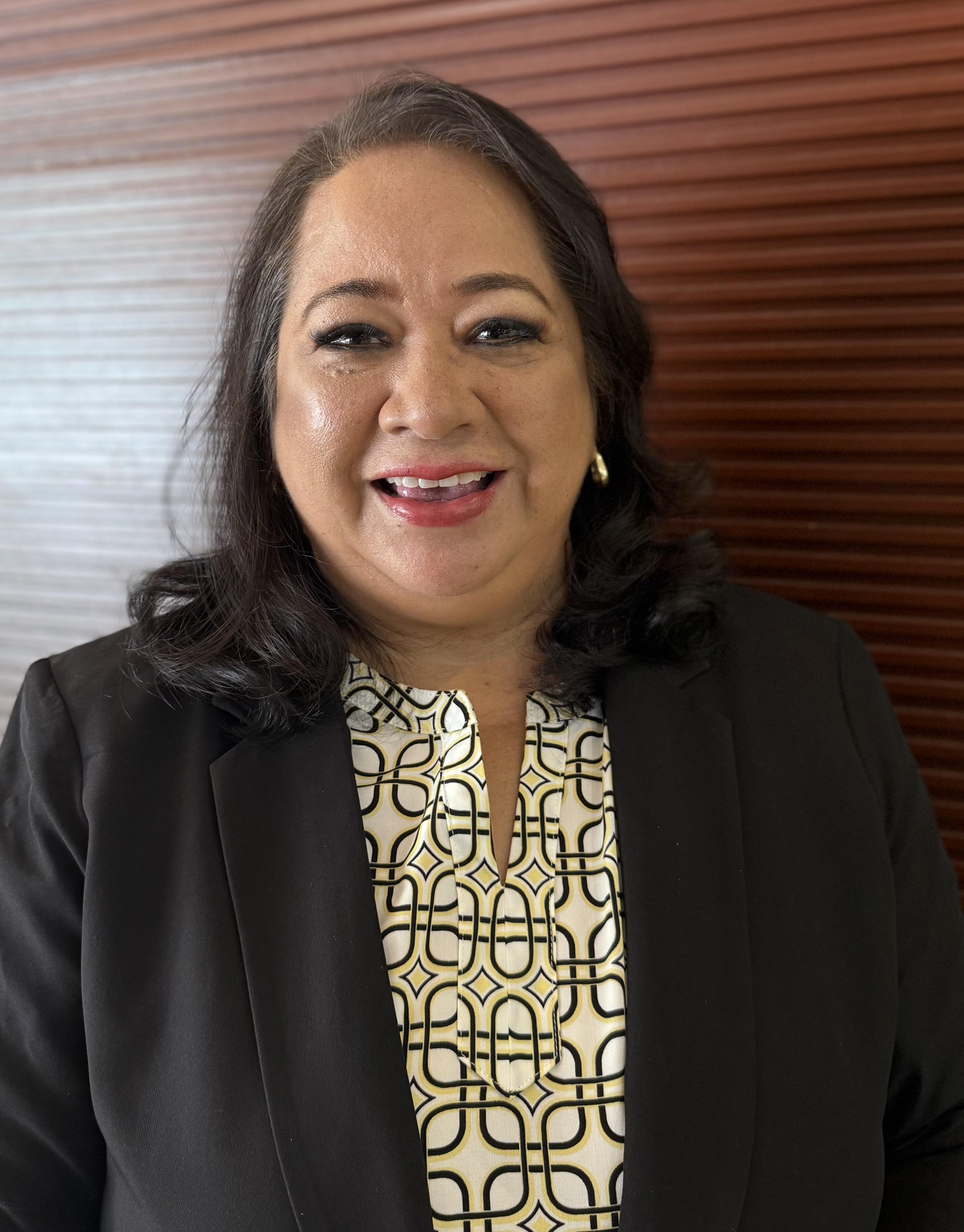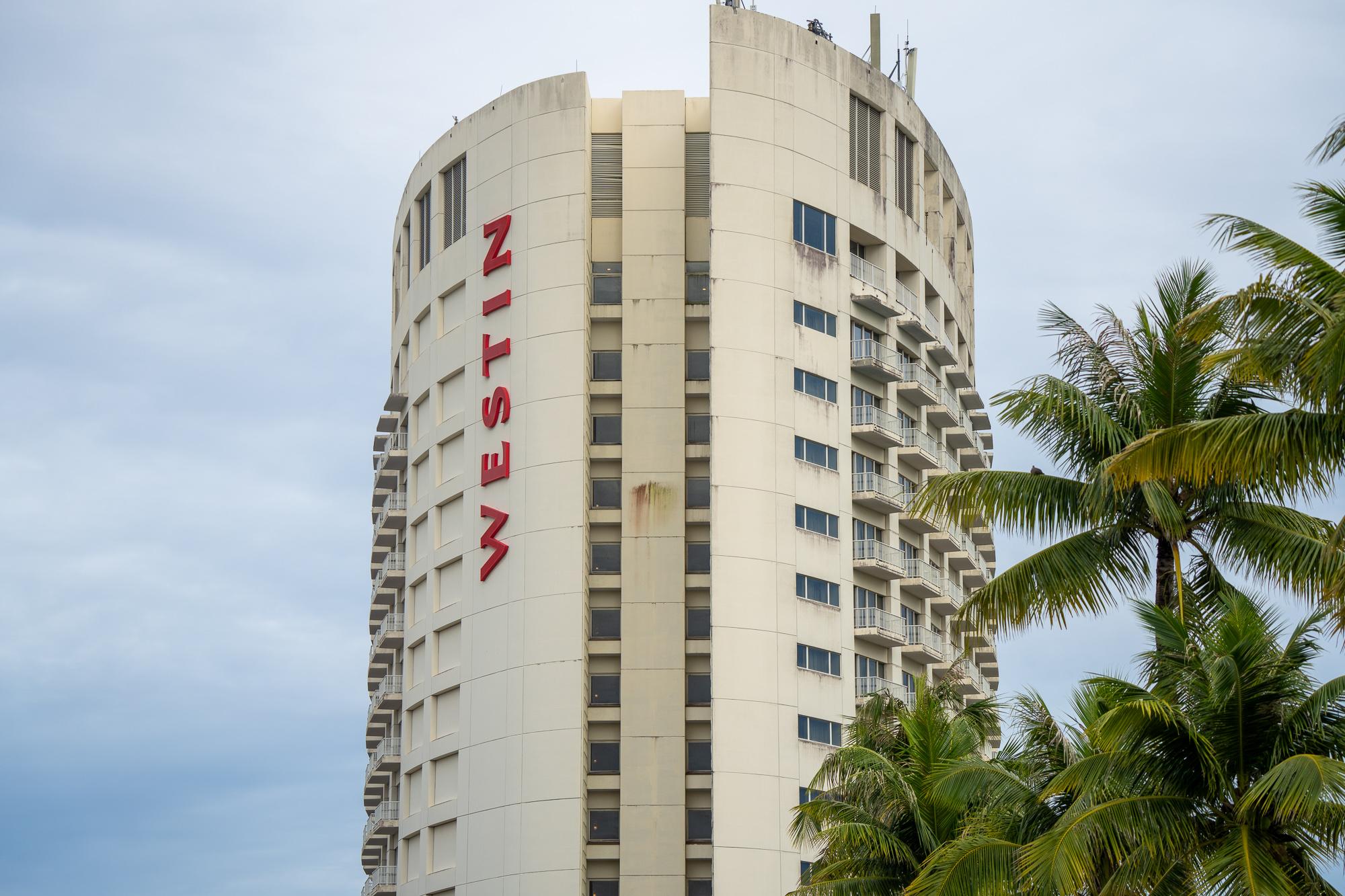Docomo Pacific and partner Lynk Global will bring satellite-direct-to-device technology to Guam and the Northern Mariana Islands.
Christine Baleto, president and CEO of Docomo Pacific, said the team is elated to work with Lynk.
"While we are still working on laying and testing the foundation for the service, this solution could mean better connectivity in areas where traditional telecom assets are not feasible," Baleto said. "This partnership announcement underscores Docomo Pacific's enduring commitment to leveraging cutting-edge technologies and global collaborations. As a result, this brings reliable, high-quality communications services to every resident and business in Guam and the Marianas."
Lynk Global successfully applied with the FCC to modify its license. The FCC approved the request on April 29, paving the way for the company to operate in the region.
"We want to thank the FCC for quickly granting our license modification to provide service in the United States. Lynk previously received the world's first commercial license for international satellite D2D service," said Amy Mehlman, executive vice president and chief global affairs officer of Lynk, in a press release. "This modification to our FCC license enables Lynk to launch commercial services to connect this critical area within the United States with our partner, Docomo Pacific Inc."
Mehlman said Lynk will be the second direct-to-device provider licensed for commercial service in the U.S.

"We are taking great strides on our mission to connect everyone, everywhere, and this approval demonstrates our progress on our strategic roadmap, enabling Lynk and our trusted partner, Docomo, to provide services in parts of the country that are underserved or out of reach from conventional mobile networks," Mehlman said.
No launch date for the service has been announced. Jared Roberto, public relations manager at Docomo, said it will be running tests this month.
This news comes at the heels of a May 1 press release announcing upgrades to Docomo's fixed broadband internet plans with faster speeds and improved reliability for Guam and NMI. The regional telecom company has invested millions in network hardening and security upgrades.
The telecommunications company said it has invested millions in network hardening and security upgrades aimed at enhancing current internet service and preparing for future technological advancements.
"Internet speeds matter more than most people realize," Baleto said in the press release. "By strengthening our network and delivering higher speeds at no extra cost, we're elevating your connections to the things that matter most."
New customers in Guam and Saipan can access promotional rates through July 31, with plans starting at 150 Mbps for $60 per month and 250 Mbps for $80 per month. The company will also offer 500 Mbps and 1 Gigabit options
Lynk is a satellite-direct-to-mobile-phone telecommunications company that provides mobile phone service coverage using a constellation of low-orbiting satellites. The technology enables mobile network operators to provide their subscribers with connections from space for their unmodified mobile devices, enabling messaging, voice and data services designed for both commercial and government applications, according to its website. Lynk's technology has been demonstrated in 26 countries, and the company is partnered with 50 mobile network operators and has commercial contracts to deliver services in about 60 countries. For more information, visit www.lynk.world.
Satellite service is attractive for those in remote areas where other reliable internet options are limited because laying out miles of fiber cables to service a few homes isn’t sustainable.
There are people on Guam and NMI already subscribing to the satellite communications technology through Starlink. See the Journal’s story: Guam BEAD program reaches milestone but also faces federal pause. There are about 4,000 customers in Guam and 500 in Saipan.
Starlink became available to Guam and NMI in 2024. See Starlink services are now available in Guam and the Northern Mariana Islands. And more recently expanded to Kosrae State of the Federated States of Micronesia.
For users of Starlink, they’ve shared of low latency, which is thanks to a constellation of satellites orbiting closer to Earth, allowing for faster data transmission and a more responsive connection; making it ideal for activities like streaming, gaming, and video calls. Other users say while it could be because of the area they’re in, Starlink can go offline and while they can brief the otherwise minor blips are enough to interfere with online gaming activities. And in Guam, people have been placed on waitlists. mbj



















